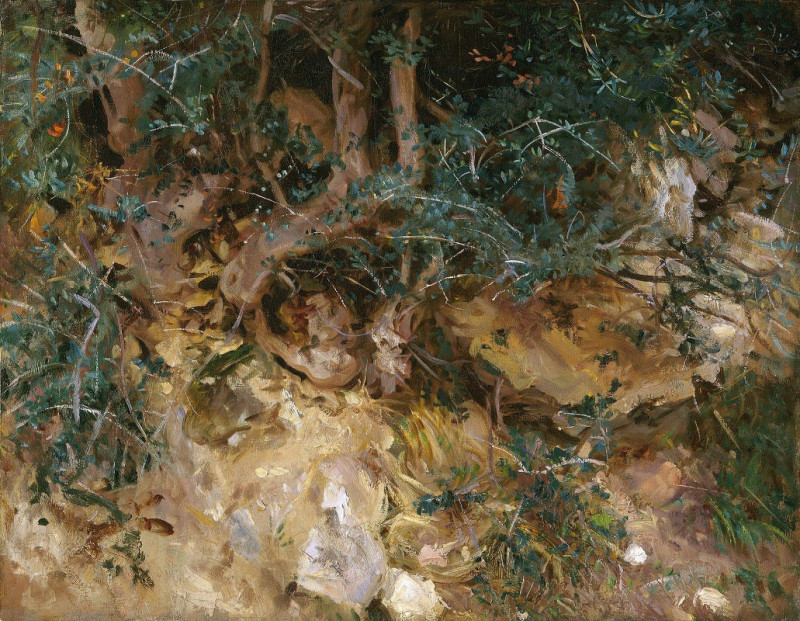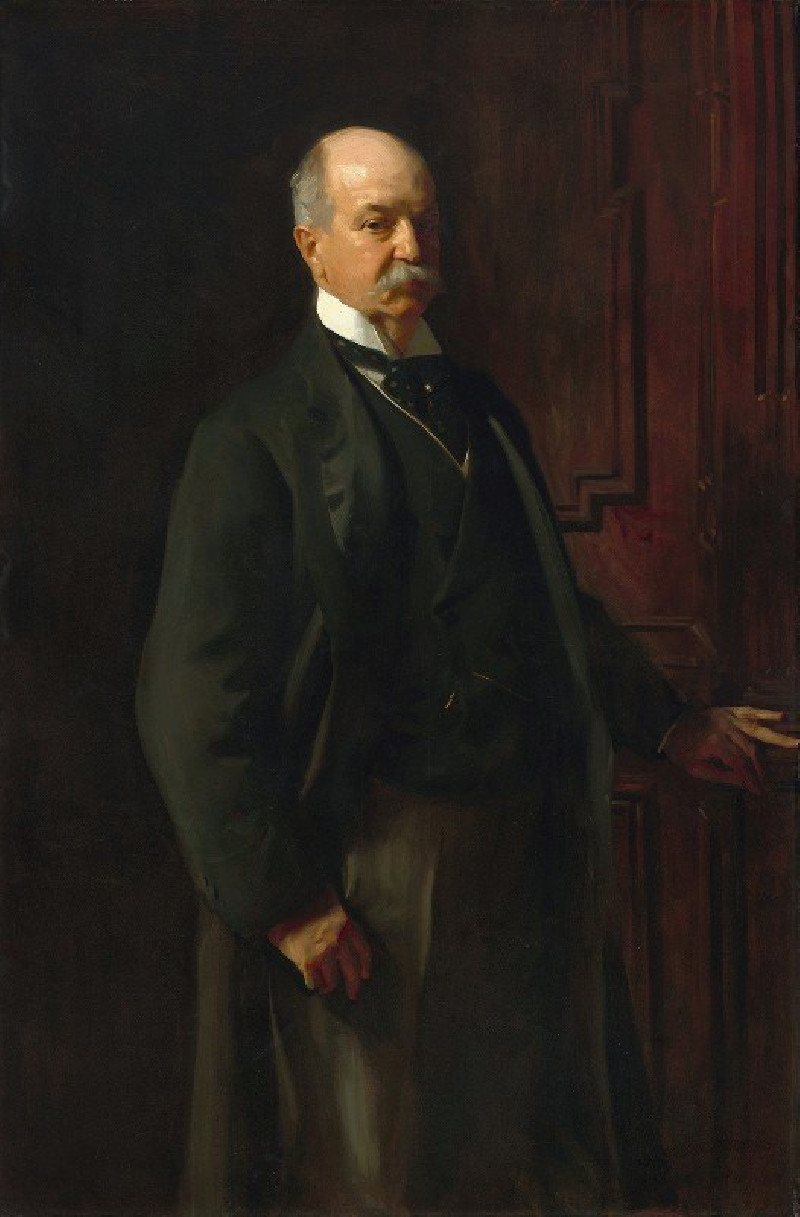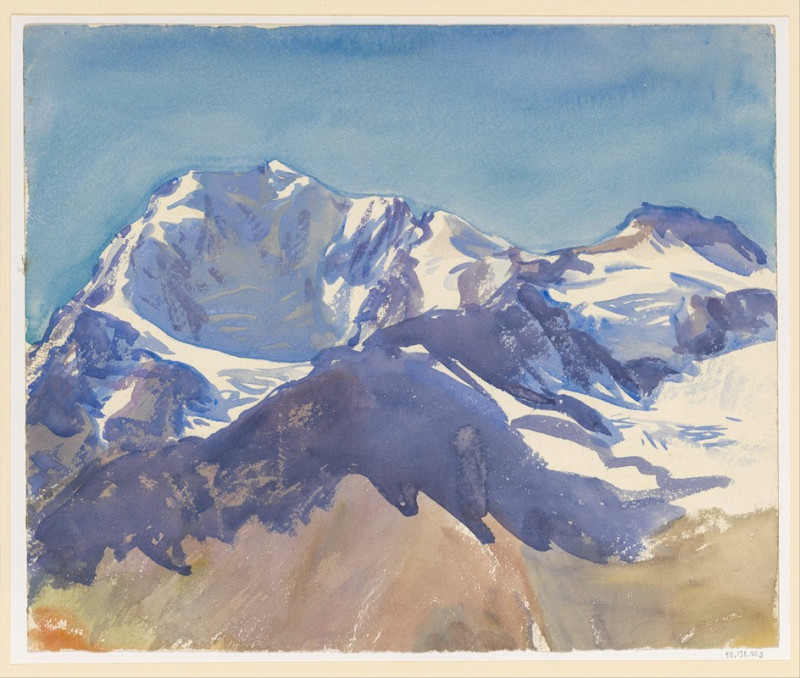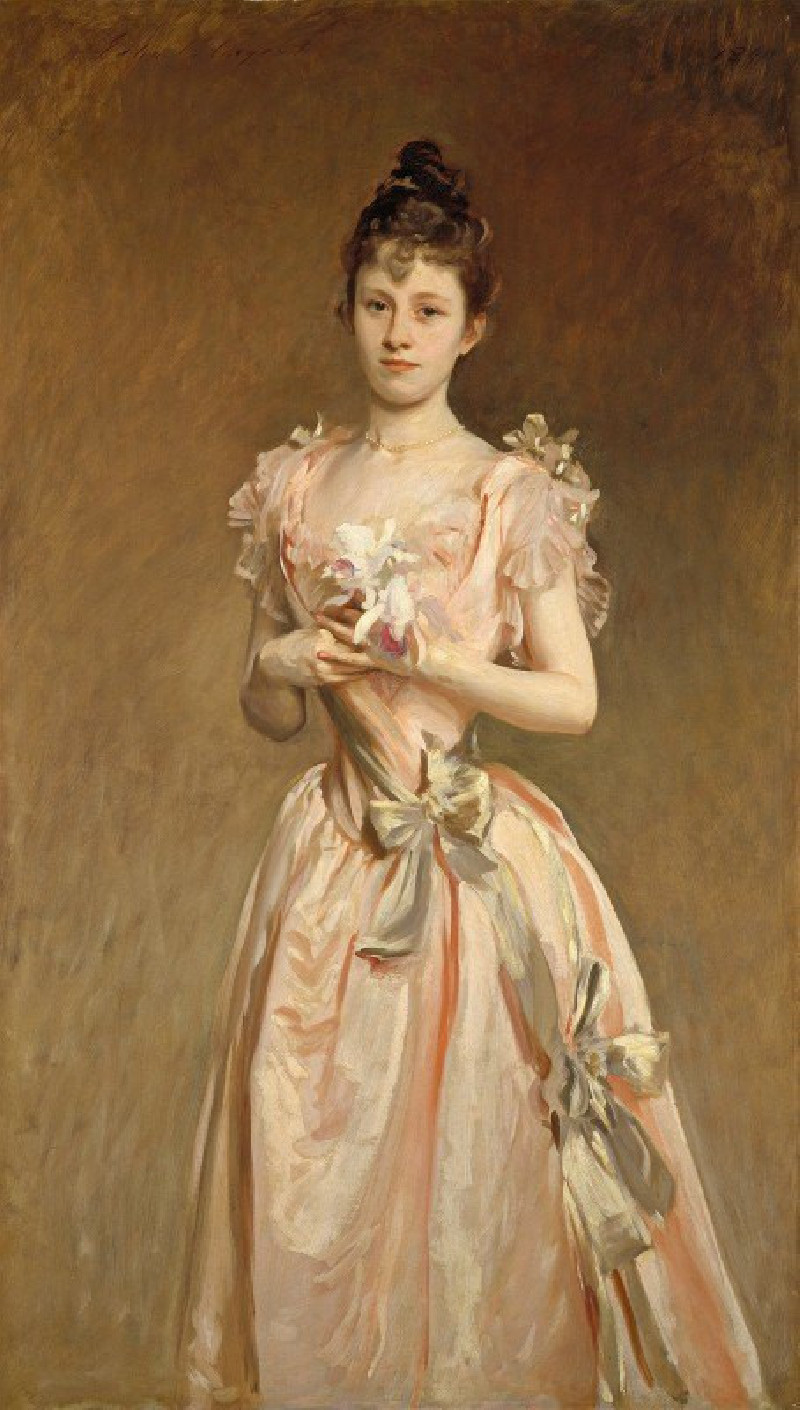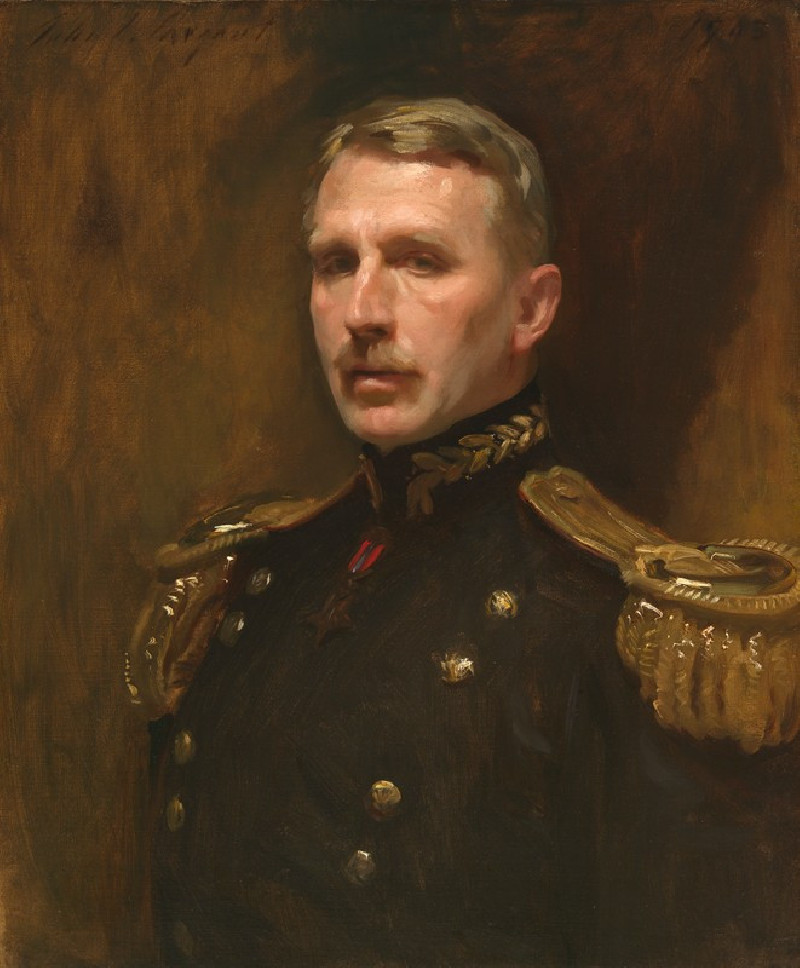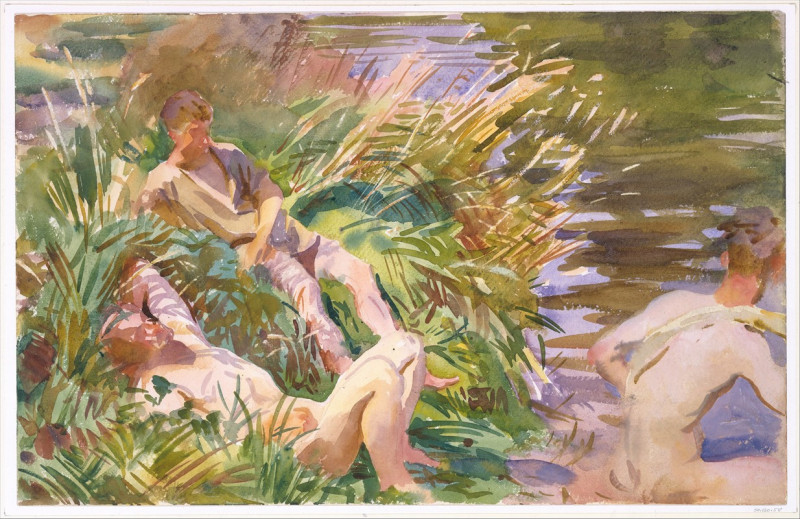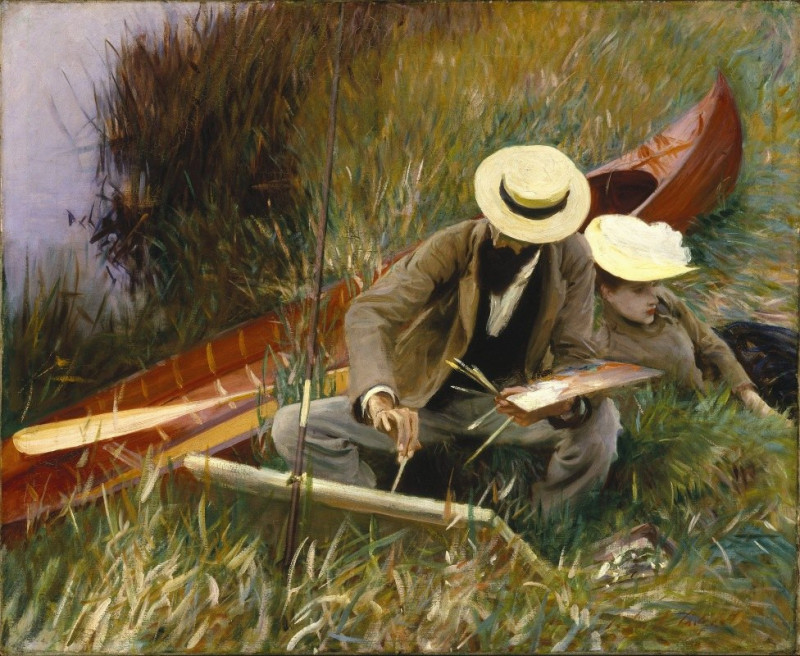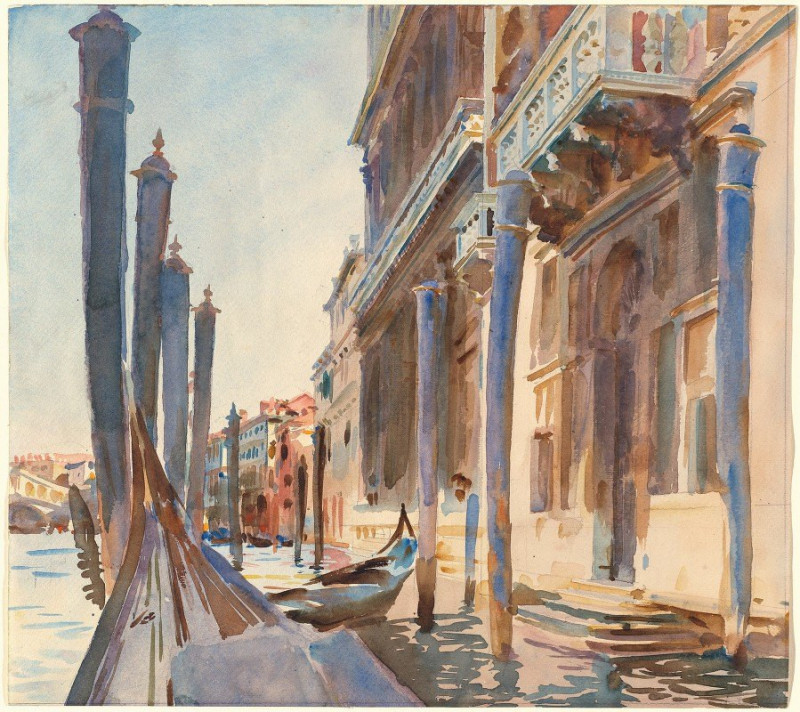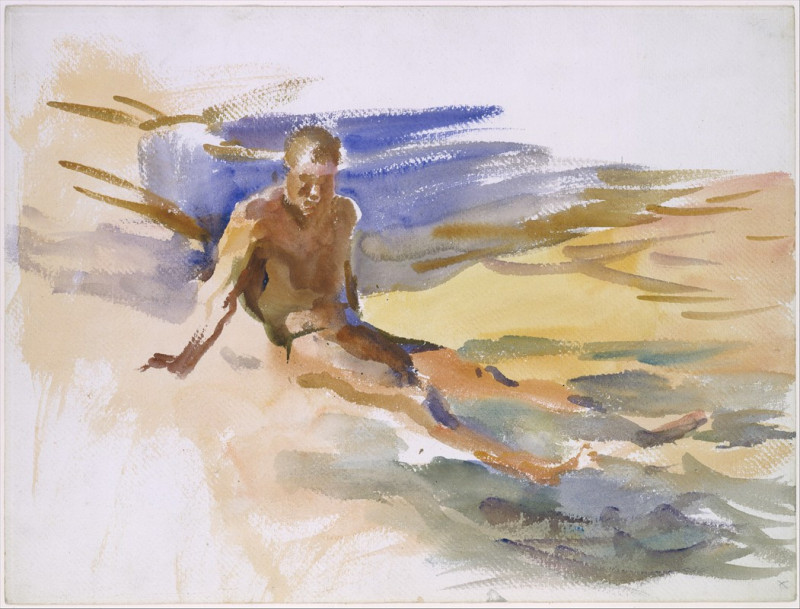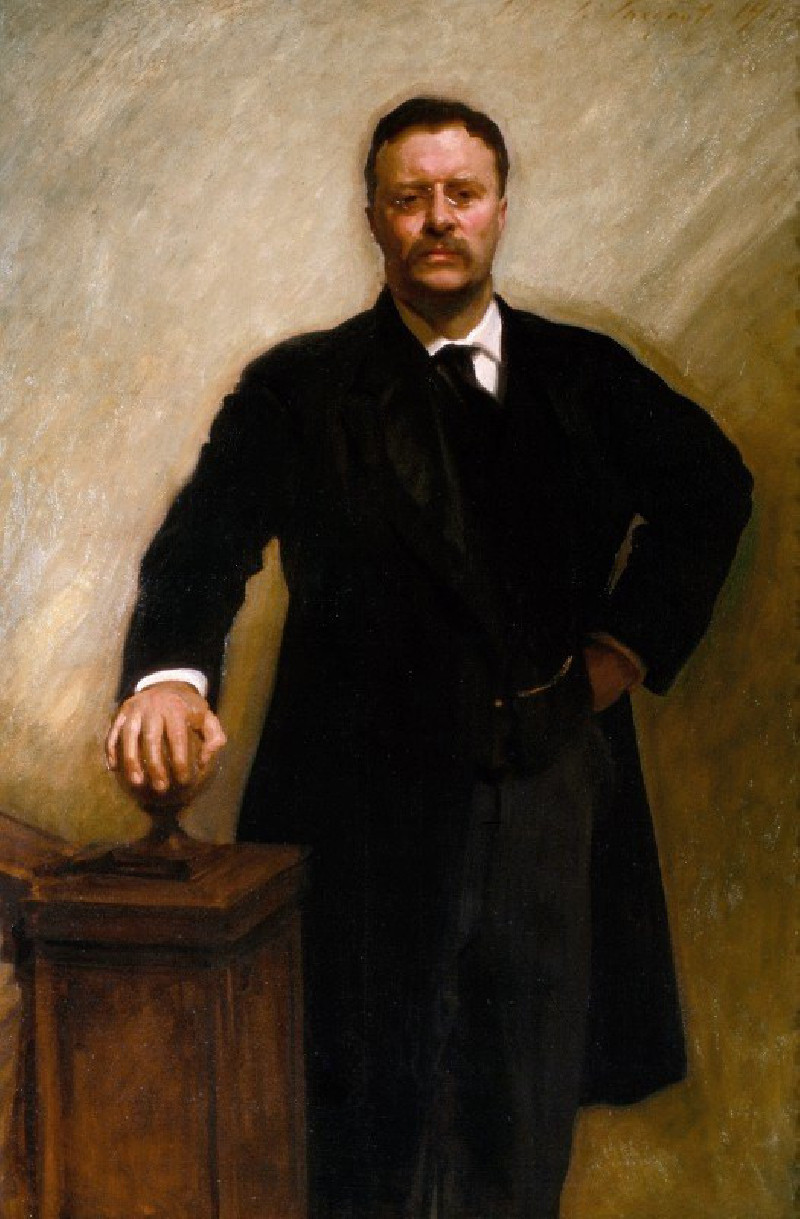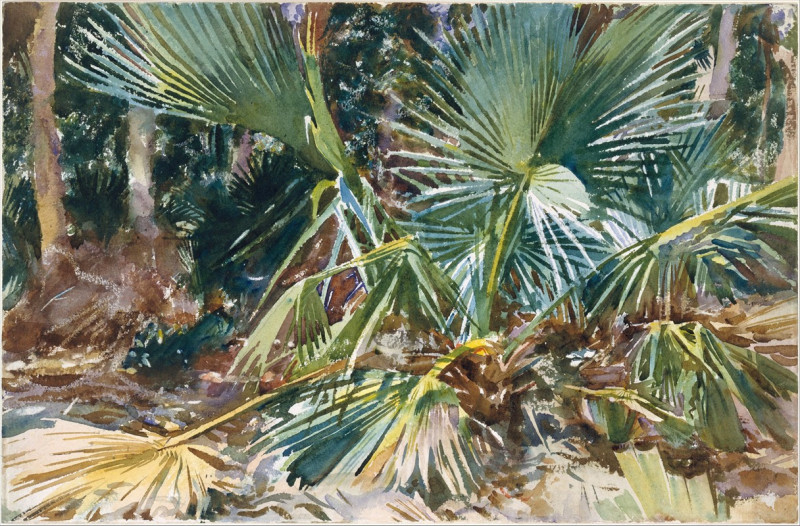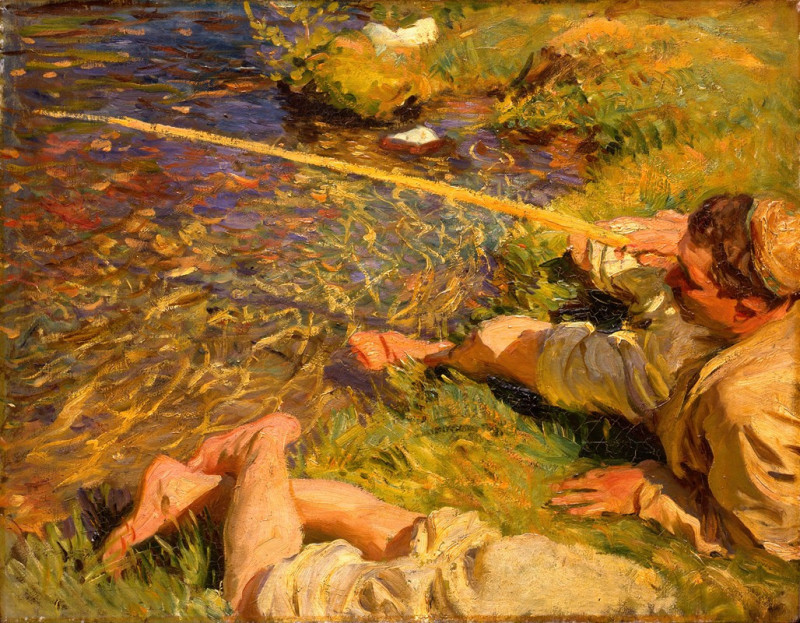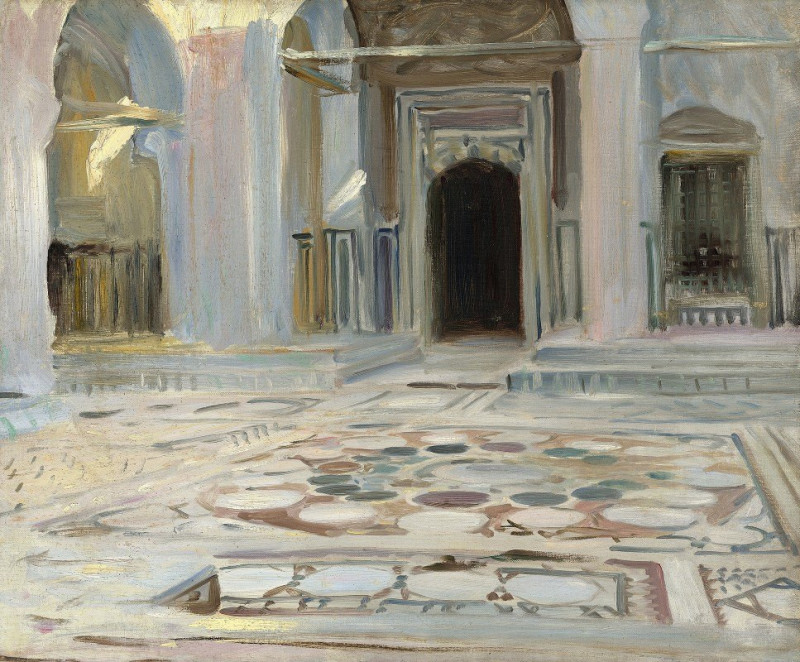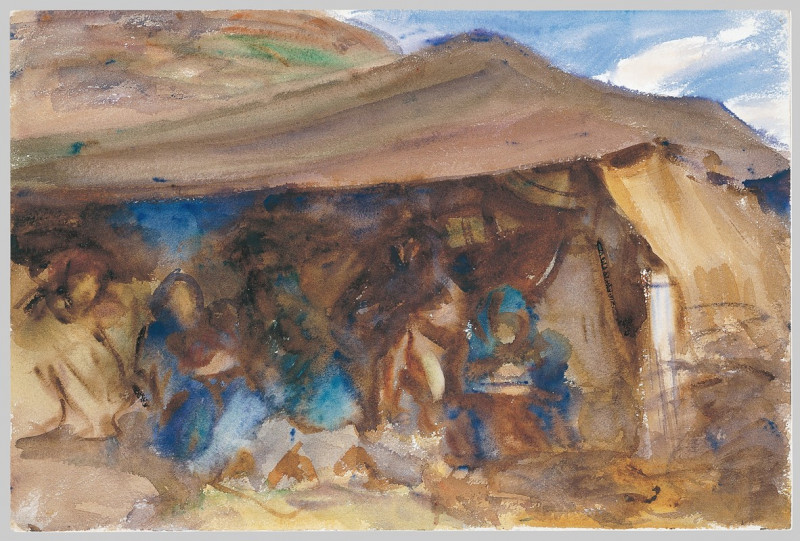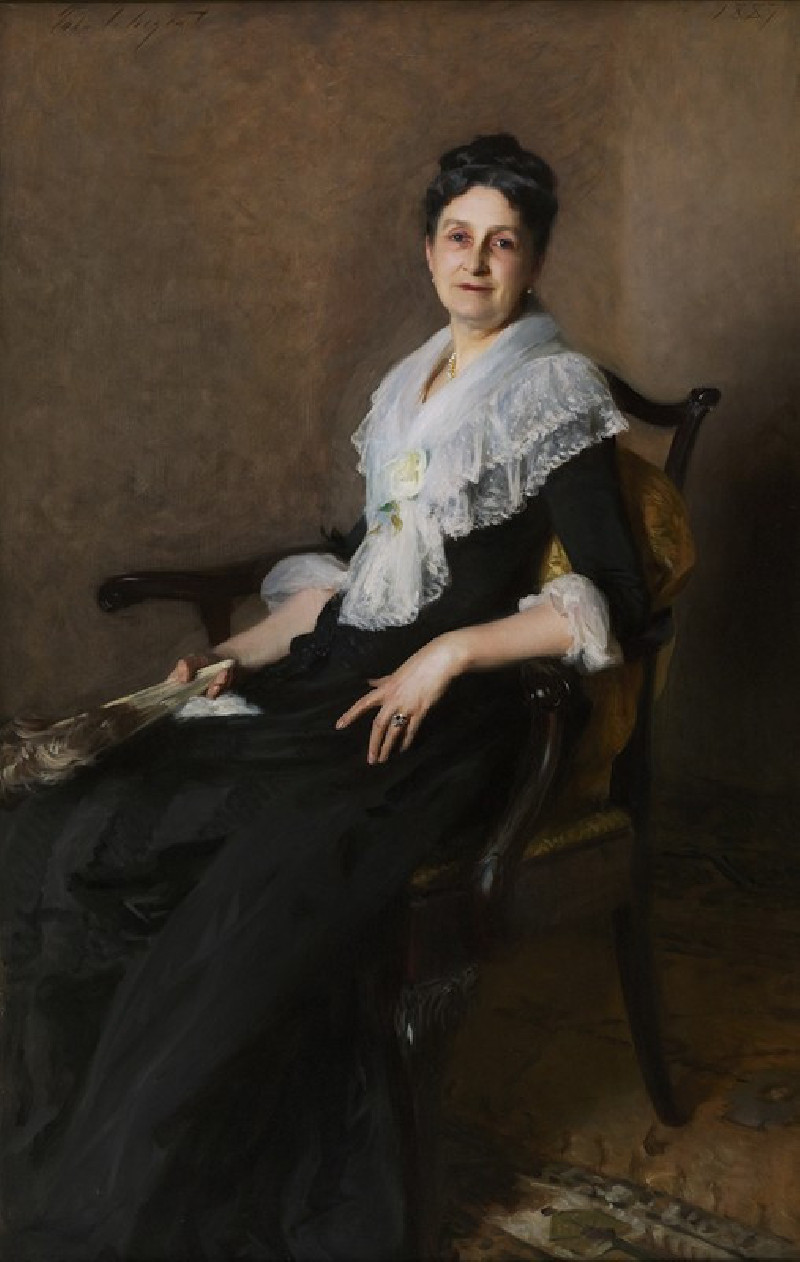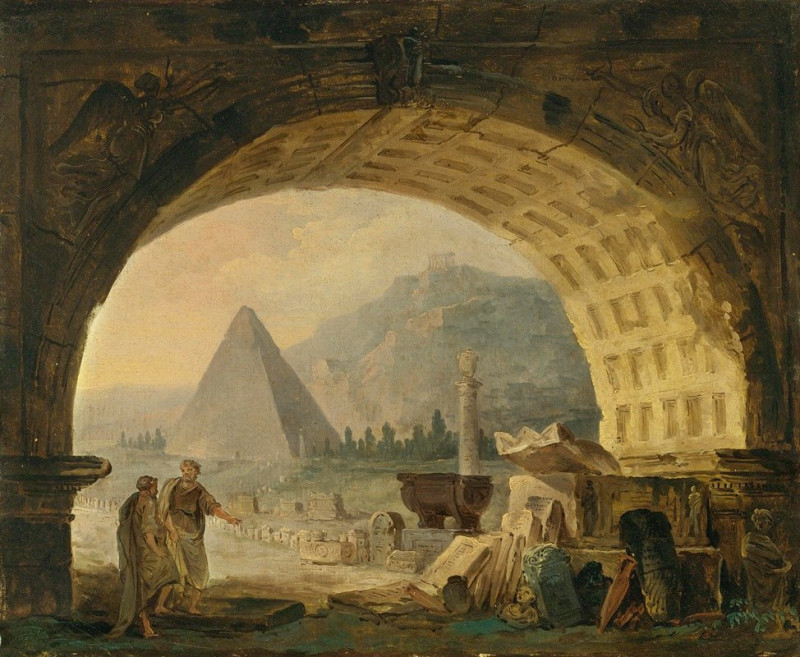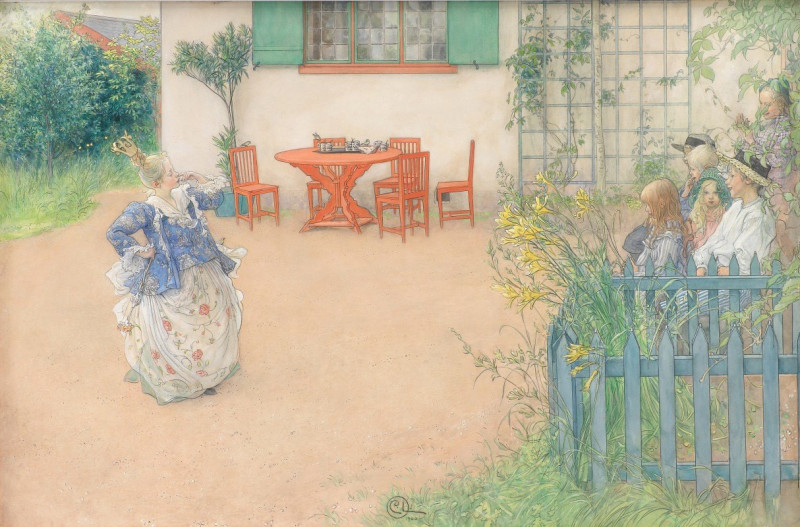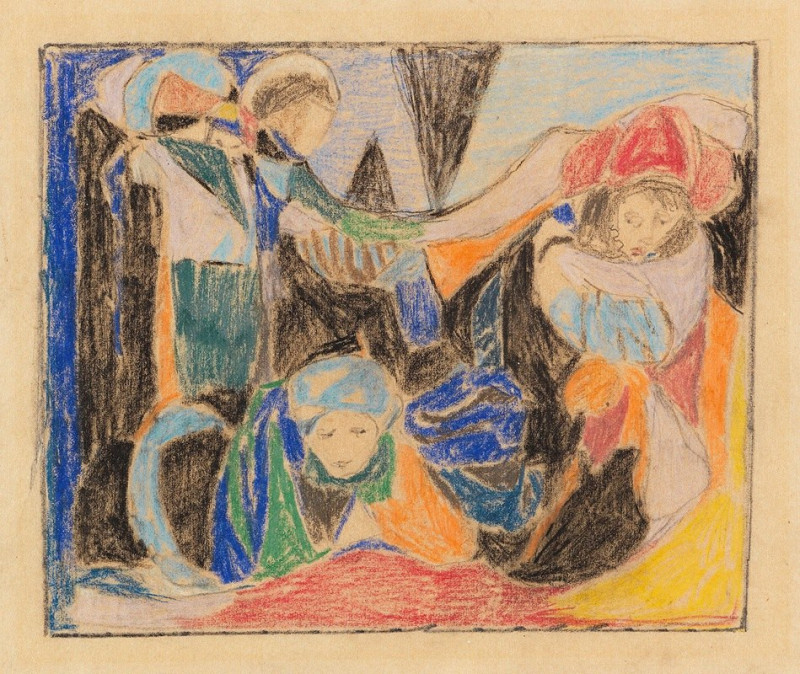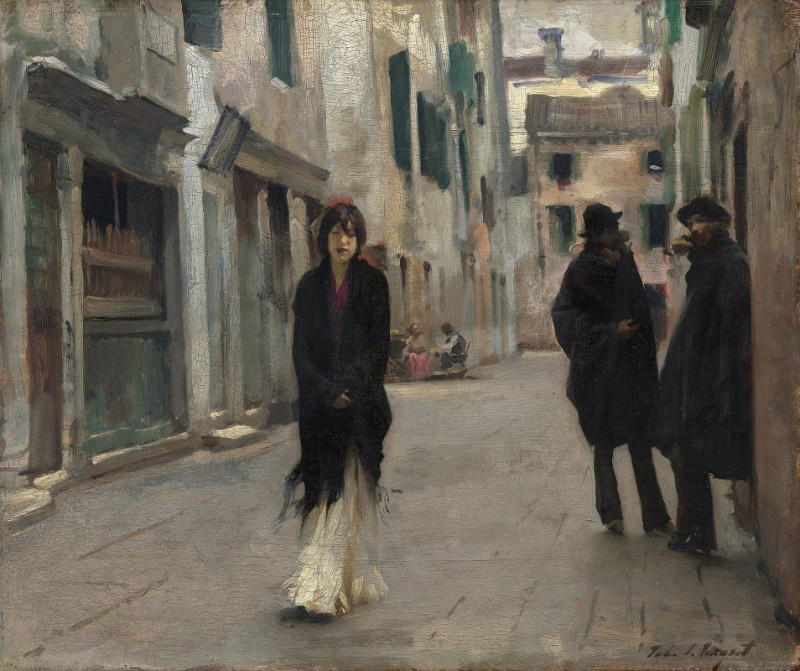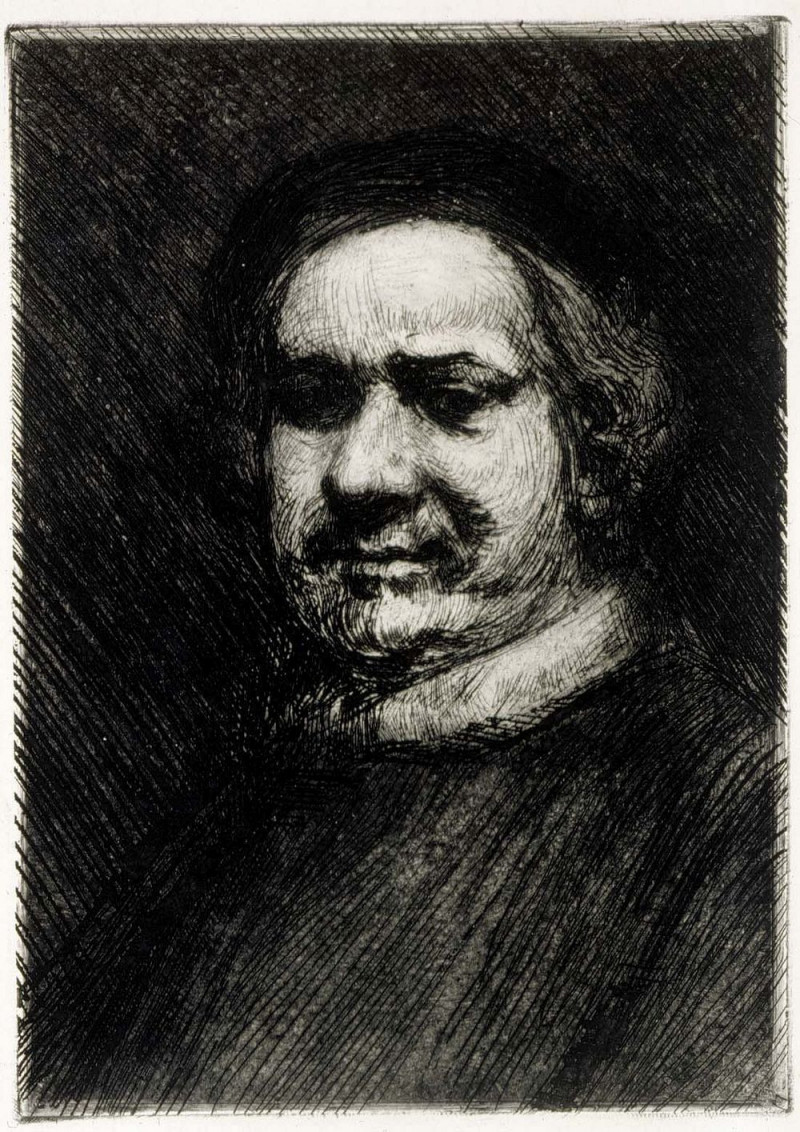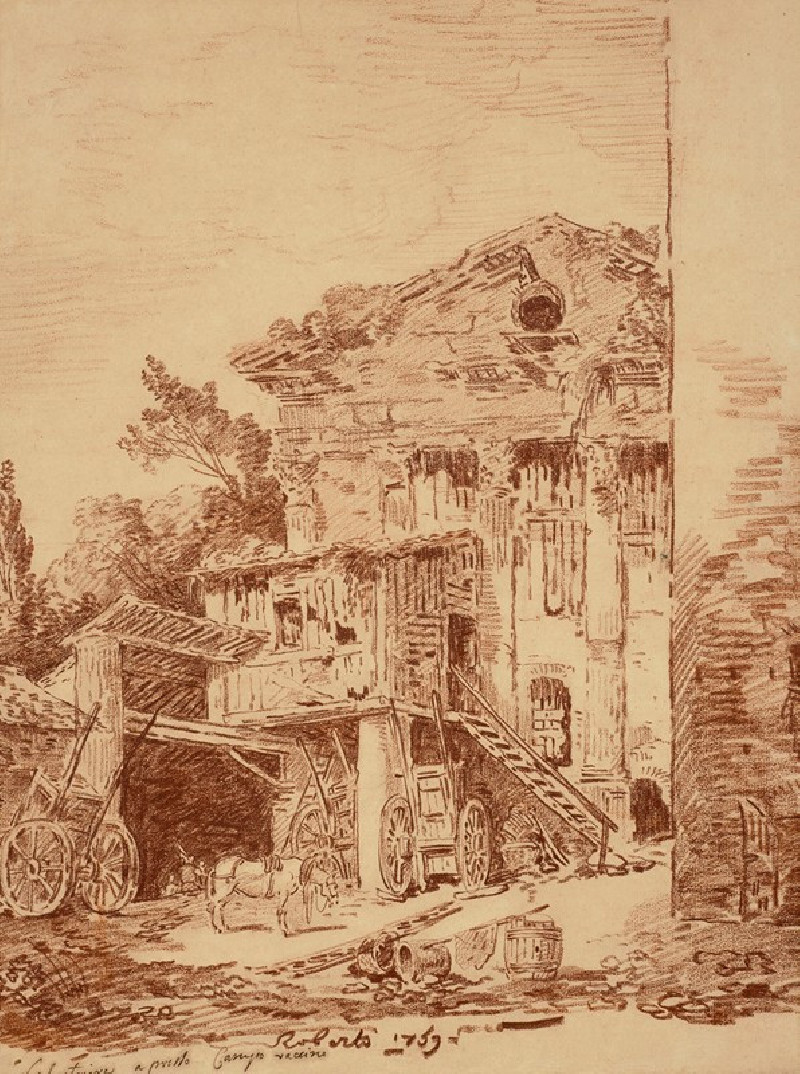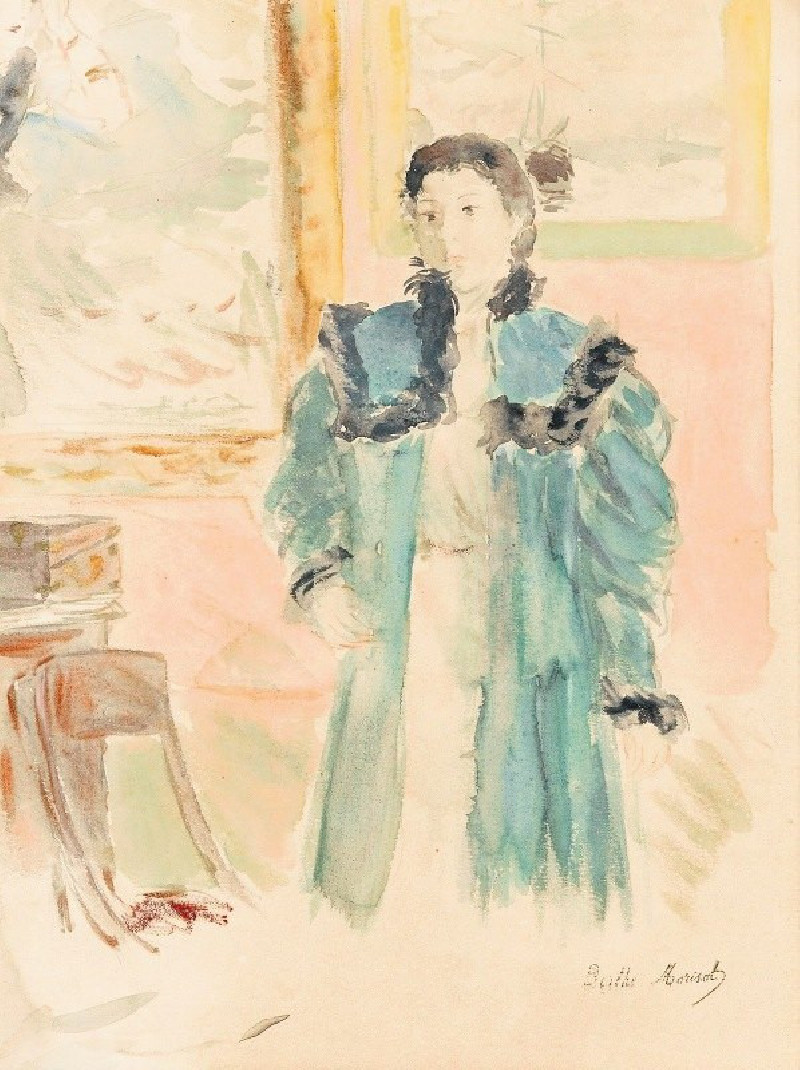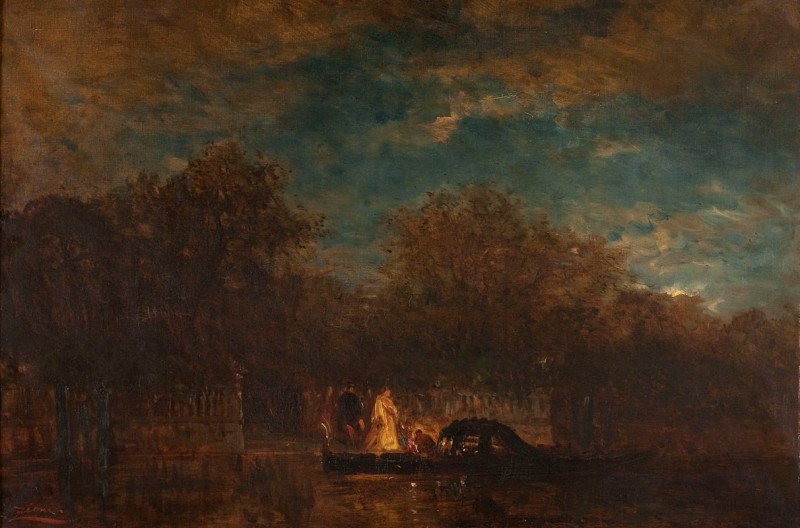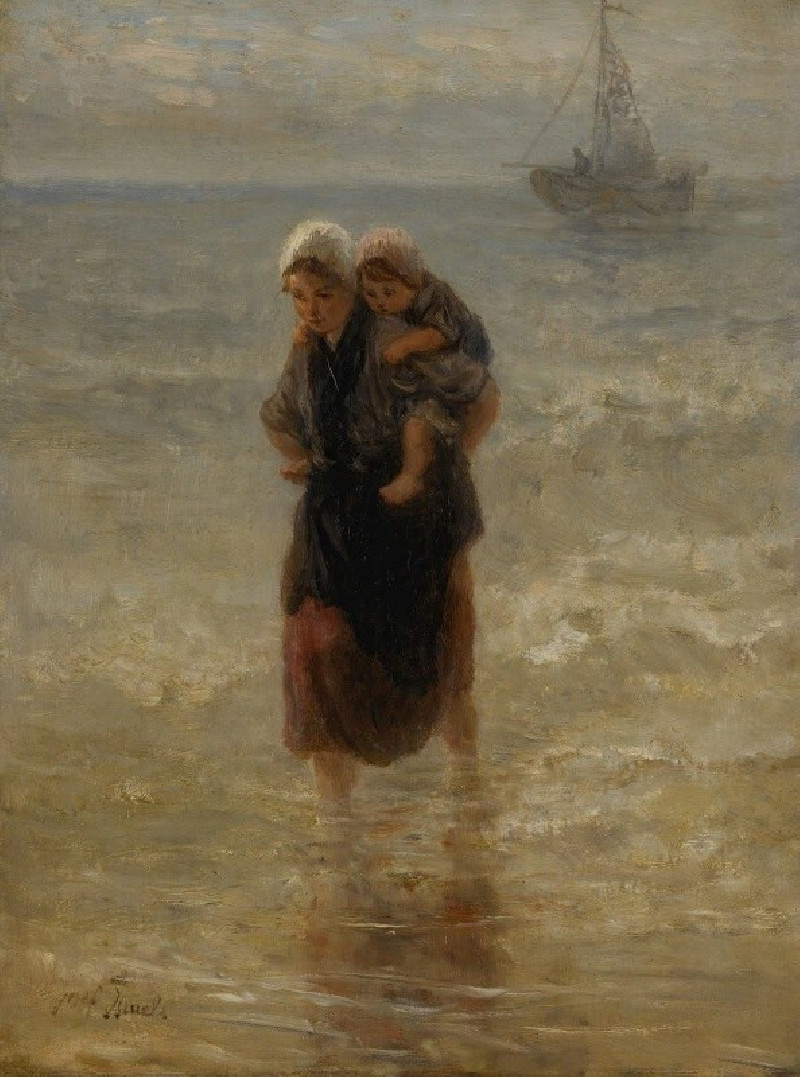Study for ‘Classic and Romantic Art’ (c. 1921)
Technique: Giclée quality print
Recommended by our customers
More about this artwork
"Study for ‘Classic and Romantic Art’ by John Singer Sargent (c. 1921) exemplifies the artist's exploratory work on themes of art history and its stylistic evolution. This engaging study, drawn in pencil, captures the compelling contrast between classical and romantic artistic expressions through a harmoniously arranged composition.Centered in the artwork is a classically posed nude statue, epitomizing the ideals of classical beauty and symmetry from ancient art. Surrounding the statue are figures that appear to be engaging with the statue in various ways. On the left, figures with attributes of classic Greek sculptures, emphasizing structured, detailed, and idealistic forms, flank the central figure. To the right, softer, more fluid lines depict romantic figures that evoke movement and emotion, suggesting a distinction from the poised and eternal nature of classical art.This preliminary sketch, which still shows signs of the artist’s process with visible corrections and alterations, invites viewers into Sargent’s thought process as he visually debates the merits and influences of these two pivotal art movements. ‘Study for ‘Classic and Romantic Art’ not only reflects Sargent's masterful draftsmanship but also serves as a visual dialogue between the structured beauty of classicism and the expressive passion of romanticism.
Delivery
Returns
Born in Florence to American expatriate parents, John Singer Sargent (1856–1925) is considered Europe's leading portrait painter of the Edwardian era. He was educated at both Accademia delle Belle Arti and Paris's École des Beaux Arts. While in Paris, under the guidance of Émile–Auguste Carolus–Duran, a portraitist and muralist, Sargent learned to paint directly from observation without first sketching, employing a fluidity, influenced by the Impressionists. Sargent created more than 2,900 paintings, mainly portraits and landscapes from his travels across the Atlantic, Europe, the Middle East and America.


